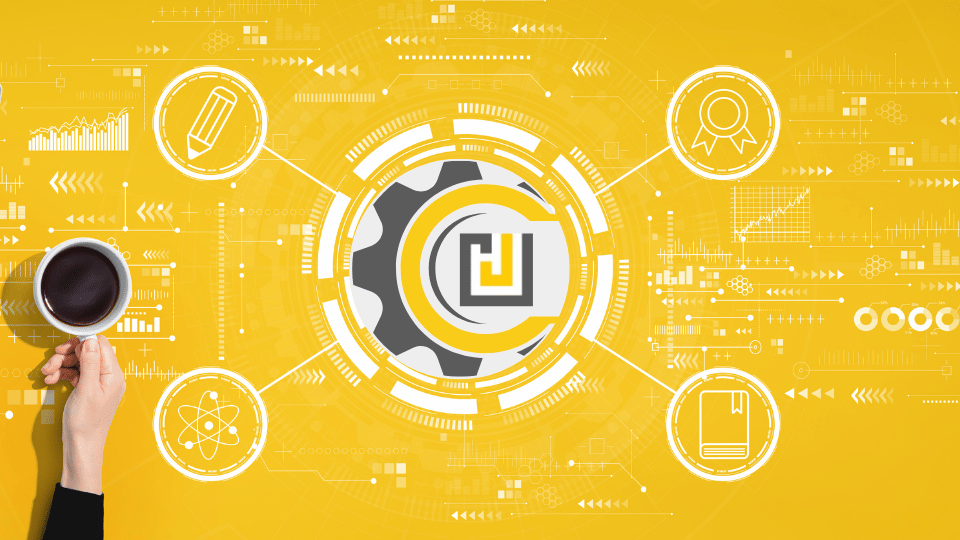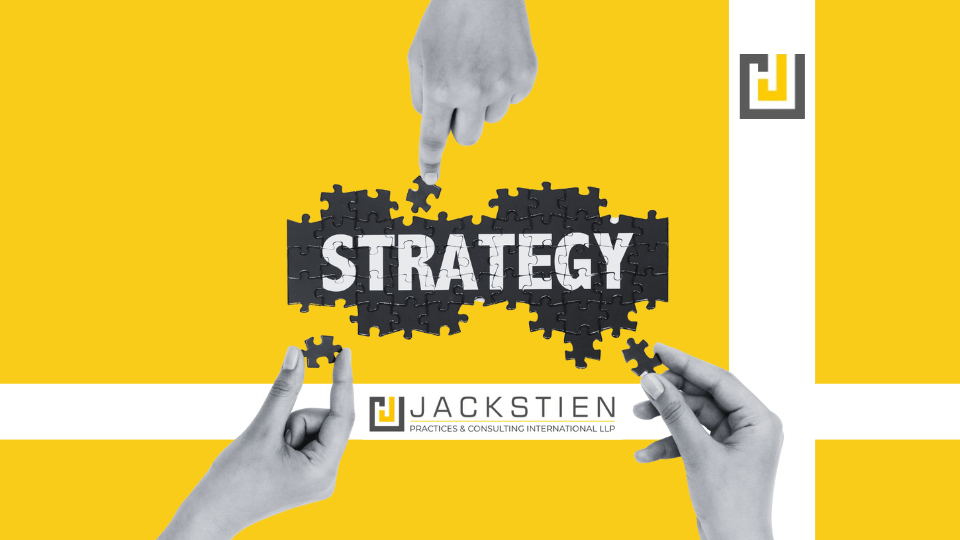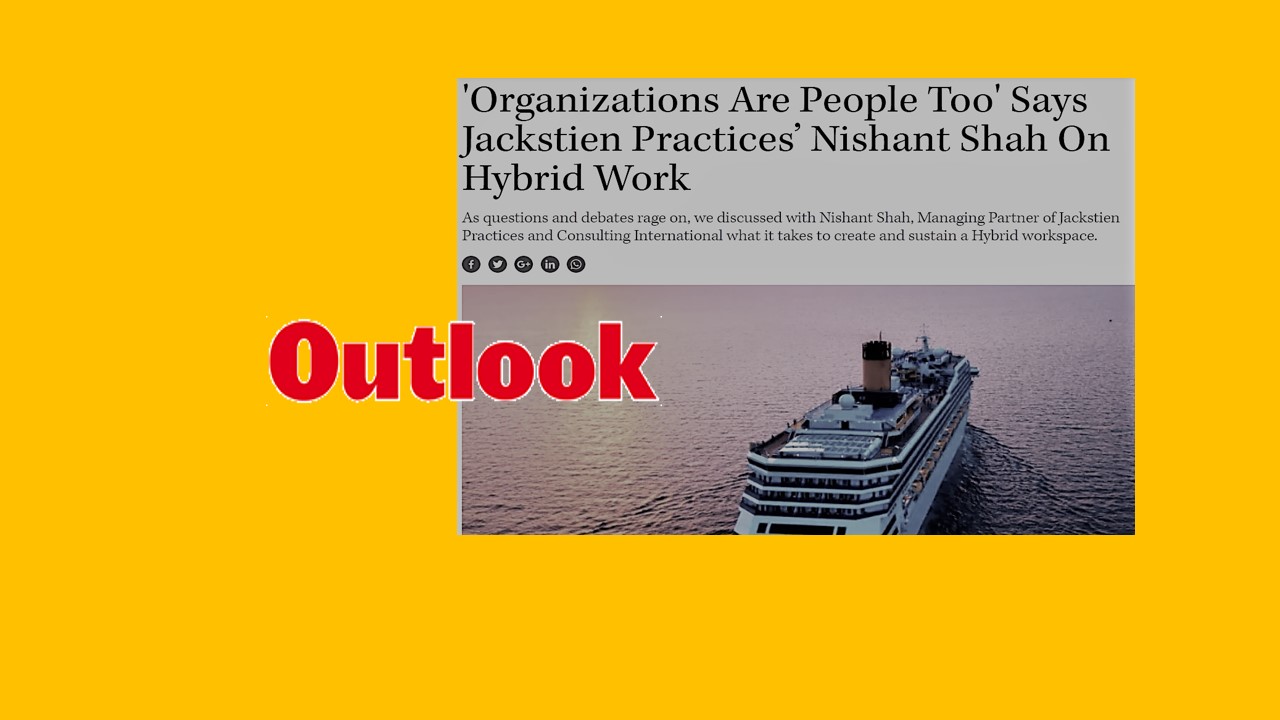The conversation about the ‘new normal’ is gaining momentum each day. It is now being dubbed the ‘new struggle’ and rightly so. We have been adding our thoughts to this movement for over a year now. Leading online news outlet, The India Saga captured some of our ideas and statements in their latest piece about this agenda.
The coverage can be found on https://theindiasaga.com/saga-corner/the-new-struggle/ and is replicated below for reference.
<Quote>
The world seems to have settled in to agree that Hybrid is the best form of Remote Work. That’s the New Normal.
However, many differences persist in the approach. These differences are visible in the empty offices today. And that is the New Struggle.
From all employers to all employees having different ideas years ago, we have now reached a point today where the world has come to grips with what Remote and Hybrid work is.
Nishant Shah, former banker and Managing Partner of Jackstien Practices, has been speaking publicly about the key distinctions between work vs workplace in the context of Remote or Hybrid work. His posts on the popular social media platform LinkedIn have garnered much attention as the world continues to evolve a mid-ground between what organizations and its people want.
With attrition rates at all-time highs, seemingly linked to corporate’s plans towards return to office premises, the push and pull grows stronger. The more one chases ‘normalization,’ the further it seems to feel.
There is a gap, often characterized as a generational gap, with some yearning for a return to what they perceived as the ‘good old days’ It is now apparent that those days are never coming back, one more aspect of the world irrevocably changed by the pandemic. In fact, with the world now realizing the stand-alone value of remote work outside of the context of the pandemic, the very definition of ‘gooddays’ has changed, and these models will only grow.
Nishant’s thoughts in this direction started during his days in Standard Chartered way back in 2006. Before moving to Standard Chartered, Nishant had spent six years across three departments in four separate locations in Citibank, where, according to him, cross-learning across departments was an ingrained way of life. As Core Banking Systems rolled out, Nishant says that he started “feeling a lack of value in moving geographies even as I saw the level of resources required to support this geographical spread”.
However, even as the years progressed, remote and hybrid work remained the domain of a few niche international IT firms. This, even as metro-dwellers continued to suffer the stresses of commute living in cities where home ownership was largely becoming a mere pipedream for the newer generation. As history will no-doubt show, the pandemic accelerated the changes that took years to materialize in the eCommerce space.
Moving to JPMorgan in 2007 and rising to Head of Operating Risk amidst internationally emerging financial and operational trends, Nishant Shah says that “the benefits, as well as the problems and complexities of such infrastructures, became a field of study for me”.
Questions remain on what the ideal model of work is, how everything should fit together, how and which model to adopt and how to re-adapt staff. More questions arise as businesses struggle with these questions at an organization-wide level.
The struggle, as they say, is real. The older generation prefers to go back to established ways even at the increased costs of hundreds of millions but face dissent from the younger generation who are the backbone in the IT, ITES and BFSI sectors. We can see these struggles playing out in real-time as behemoths like TCS and Infosys try to combat record attrition rates as high as 27%. We can see these struggles play out in empty offices.
It is no wonder that firms like Jackstien Practices now specialize in consulting on all things remote and hybrid work. From technical and technological, operational risks to costs-balancing.
Basic folksy tips about giving people freedom and flexibility can only go so far. To help organizations effectively transition, there is a need for strong technical assessment and advice to maintain smooth operational productivity. After all, organizations need to protect all their stakeholders even as they struggle to adapt to the accelerating pace of change.
The new normal brings with it a new struggle. The difference this time around is that the new struggle, unlike those in the past, is for improvement rather than mere survival.
<Unquote>


